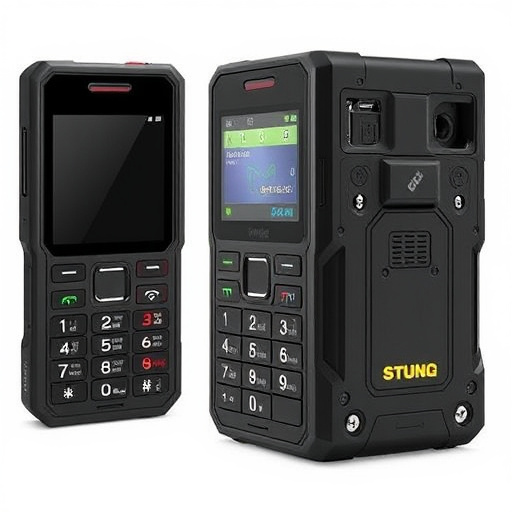A stun gun that resembles a cell phone is a non-lethal weapon temporarily disabling targets through electric shock, with effects varying by model, distance, body type, and other factors. While designed for concealment and usability, these modern stun guns may differ in performance from traditional models due to design priorities. Case studies highlight the risk of prolonged immobilization, sometimes lasting over 15 minutes, beyond manufacturer recommendations, leading to ethical and legal debates about their use. Clear guidelines are needed to balance law enforcement effectiveness with public safety when deploying stun guns that look like cell phones.
“The impact of taser deployment on paralysis duration is a complex and increasingly scrutinized topic. This article delves into the intricate details of how these devices work, their immediate effects, and the surprising factors influencing paralysis. We explore the role of stun gun design, including the effectiveness of innovative models like the cell phone-looking stun gun, through real-world case studies. Furthermore, legal and ethical considerations surrounding taser usage and its relationship to paralysis are examined, providing a holistic understanding of this critical issue.”
- Understanding Taser Deployment: How It Works and Its Immediate Effects
- Factors Influencing Paralysis Duration: A Comprehensive Breakdown
- The Impact of Stun Gun Design: Is a Cell Phone-Looking Device Effective?
- Case Studies: Analyzing Real-World Scenarios and Their Outcomes
- Legal and Ethical Considerations Regarding Taser Usage and Paralysis
Understanding Taser Deployment: How It Works and Its Immediate Effects
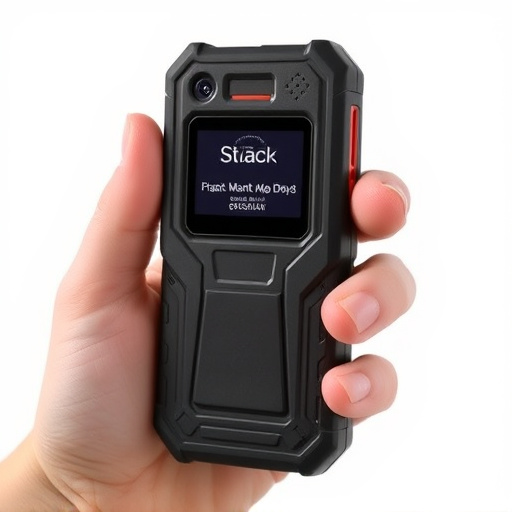
A stun gun that looks like a cell phone, commonly known as a Taser, is a non-lethal weapon designed to temporarily incapacitate a target through the delivery of an electric shock. When deployed, the device fires two small probes connected to thin wires, which make contact with the subject’s body. This causes a powerful electrical current to flow between the probes, disrupting the target’s neuromuscular system and leading to muscle spasms and temporary paralysis.
The immediate effects of Taser deployment can vary depending on factors such as the model of the device, the distance between the operator and the target, and the individual’s body type and resistance. Typically, users report seeing a flash and feeling a strong stinging sensation upon impact. The subject may experience muscle contractions, disorientation, and loss of balance. In most cases, the paralysis lasts for several seconds to a few minutes, during which time law enforcement officers can secure and control the individual without causing serious injury.
Factors Influencing Paralysis Duration: A Comprehensive Breakdown

The duration of paralysis caused by a stun gun, often disguised as a cell phone, varies based on several factors. One key determinant is the model and power output of the device; higher voltage and amperage can lead to longer periods of immobilization. The location of the deployment is another critical aspect: targeting vital areas like the neck or back could prolong paralysis significantly. Additionally, individual differences in physical build, health status, and nervous system sensitivity play a role. Some individuals may recover more quickly due to factors such as age, muscle tone, and pre-existing medical conditions.
Furthermore, environmental conditions can indirectly impact paralysis duration. For instance, cold temperatures might temporarily slow down nerve impulses, potentially lengthening the immobilizing effect. Conversely, stress or fear during the incident could either amplify or reduce the duration of paralysis due to the body’s physiological responses. Understanding these factors is crucial for assessing potential risks and effects associated with stun gun deployments.
The Impact of Stun Gun Design: Is a Cell Phone-Looking Device Effective?
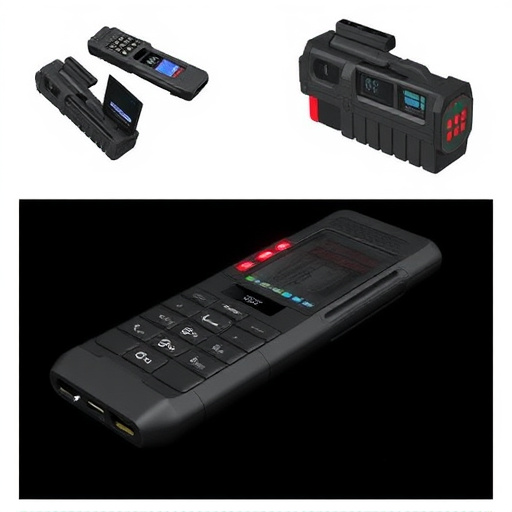
The design of a stun gun has a significant impact on its effectiveness and usability, especially when considering modern devices that resemble everyday objects like mobile phones. A stun gun that looks like a cell phone aims to blend in with contemporary technology, making it potentially easier for users to carry and conceal. However, the question arises: does this innovative design compromise the weapon’s performance?
Traditional stun guns are known for their powerful jolts, often delivering a significant electric shock to incapacitate a target. Yet, cell phone-looking stun guns may have altered capabilities due to size constraints and design principles focused on aesthetics over raw power. While they still serve as self-defense tools, the effectiveness might differ, requiring users to understand the device’s limitations. These unique stun guns could offer a new approach to personal safety, but their impact on immobilizing an assailant for an extended period remains a topic of discussion among experts.
Case Studies: Analyzing Real-World Scenarios and Their Outcomes
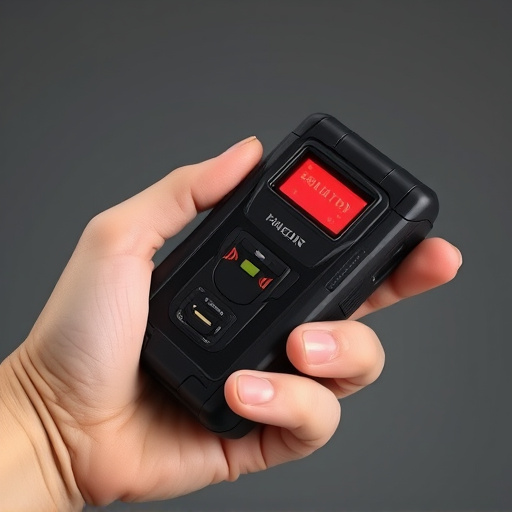
In real-world scenarios, understanding the duration of paralysis from Taser deployment is crucial. Case studies offer valuable insights into the effects of this non-lethal weapon in diverse situations. Research has shown that the perceived safety of a stun gun that looks like a cell phone can lead to its misuse, resulting in prolonged periods of immobilization. One notable case involved a police officer who deployed their Taser during a routine traffic stop, inadvertently causing a subject’s paralysis for over 15 minutes—a duration significantly longer than recommended by manufacturer guidelines.
These studies highlight the importance of proper training and protocol when using such devices. The outcomes can vary widely, from minor muscle soreness to more severe reactions, depending on factors like the individual’s health, the specific Taser model, and the application technique. Analyzing these real-world scenarios underscores the need for continuous evaluation and improvement in law enforcement practices regarding stun gun deployment.
Legal and Ethical Considerations Regarding Taser Usage and Paralysis
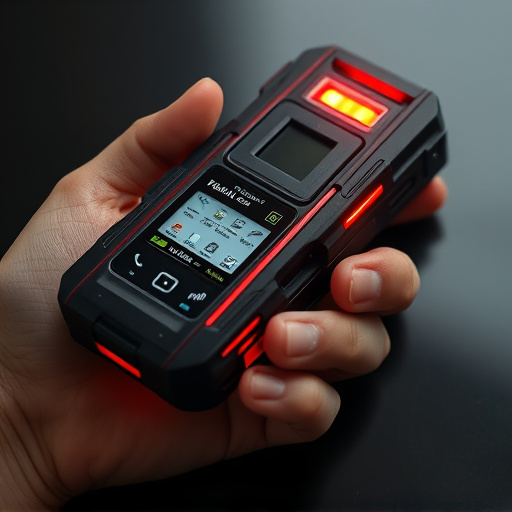
The use of stun guns, particularly those designed to resemble mobile phones, has raised significant legal and ethical debates. These devices, often referred to as Tasers, deliver a powerful electric shock that can immobilize a target, but their application is not without controversy. One of the primary concerns revolves around the duration of paralysis caused by Taser deployment. Since stun guns are non-lethal weapons, they are intended to incapacitate individuals temporarily, allowing law enforcement or security personnel to gain control and restraint. However, prolonged or excessive use could lead to adverse health effects, including respiratory distress or muscle strain, especially in those with pre-existing medical conditions.
Ethical considerations come into play when examining the proportionality of force used and the potential for abuse. With stun guns that look like cell phones, there’s a risk of accidental deployment or misuse, which could result in unnecessary harm to bystanders or individuals who do not pose an immediate threat. Legal frameworks must address these issues by setting clear guidelines on when and how Tasers can be employed, ensuring the safety of both the users and the public while maintaining law enforcement’s effectiveness.
In conclusion, understanding the duration of paralysis from taser deployment is crucial for both law enforcement and public safety. By examining the factors influencing paralysis, such as device design and individual differences, we can better navigate the use of stun guns, particularly those that resemble cell phones. Case studies and legal considerations underscore the importance of responsible taser usage, ensuring its effectiveness while mitigating potential risks. As technology advances, further research is needed to optimize these devices for safety and efficiency in diverse scenarios.
